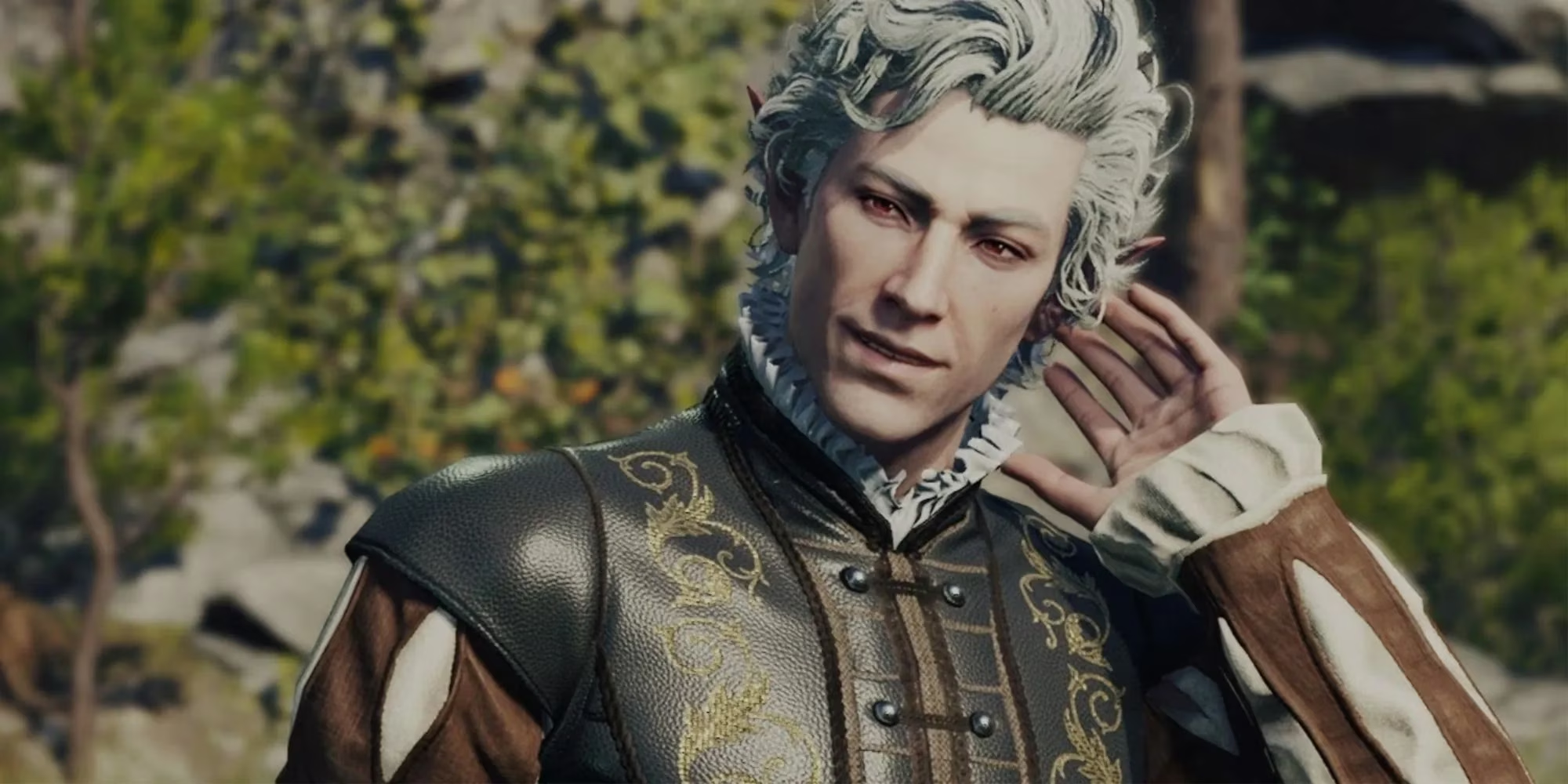As I reflect on the unforgettable companions of Baldur's Gate 3, what strikes me most isn't just their intricate backstories or combat prowess—it's how these digital beings feel unnervingly human. Their quirks etch themselves into our memory: Lae'zel's dismissive "tch," Karlach's heartwarming "soldier," Gale's bizarre magical snacking habits, and Astarion's entire theatrical existence. These aren't mere code constructs; they're personalities breathed to life through actors who sometimes struggle to separate themselves from their roles. Neil Newbon's revelation about his lingering Astarion traits fascinates me—a testament to how deeply method acting can permeate an artist's psyche. Two years since his candid interview, this phenomenon remains as relevant as ever in gaming's evolving landscape.
The Unshakeable Shadow of Astarion
Neil Newbon's journey with the pale elf isn't just a role—it's an emotional occupation. During our chat about performance techniques, he described the eerie persistence of Astarion's mannerisms in his daily life. "Your laughter unexpectedly shifts into his cadence," he confessed, referencing that signature posh chuckle we associate with the vampire rogue. This isn't accidental; it's the residue of total immersion. Method acting demands living as the character during development, and for Newbon, Astarion's flamboyant gestures and vocal inflections became second nature. Even now in 2025, he admits they occasionally resurface—like phantom limbs of a discarded identity.

Lingering Traits Beyond Faerûn
What few realize is that Astarion isn't Newbon's only spectral cohabitant. His portrayal of Bryn, the lead ape in Planet of the Apes: Last Frontier, left primal imprints too. When agitated, he unconsciously mirrors Bryn's physicality—shoulders hunching, movements becoming measured and deliberate. Though he playfully avoids specifying details, this crossover reveals method acting's indiscriminate clinginess. It’s not limited to voice or expression; posture and reactive instincts blur between performer and performed.
- People Also Ask: Why do method actors struggle with detachment?
Deep embodiment rewires neural pathways—repetition turns character behaviors into muscle memory, making conscious separation arduous.
- People Also Ask: How common is this among gaming voice actors?
While Jennifer English (Shadowheart) transitions smoothly due to vocal similarity, others like Newbon experience prolonged echoes.
The Vocal Alchemy of Character Creation
Contrast fascinates me here. Newbon's natural baritone lacks Astarion's crisp enunciation—yet when excitement ignites him, that aristocratic timbre bleeds through like wine through parchment. This duality showcases acting's magic: molding one's essence into something foreign yet authentic. While some actors seamlessly return to themselves, Newbon's lingering traits underscore the emotional labor behind beloved characters. It’s not just voice modulation; it’s psychological rewiring that lingers for months or years post-project.

Comparative Character Residues
Let’s examine how different roles manifest in performers:
| Actor | Character | Lingering Trait | Duration Observed |
|---|---|---|---|
| Neil Newbon | Astarion | Posh laugh inflection | 3+ years |
| Neil Newbon | Bryn (Ape) | Subconscious posture | 2 years |
| Jennifer English | Shadowheart | Minimal (vocal match) | N/A |
Beyond the Booth: When Fiction Bleeds into Reality
Newbon’s self-aware humor about these quirks—joking he’s "thankfully not nocturnal or neck-biting"—masks a profound truth. These residues aren’t flaws; they’re evidence of artistic sacrifice. In an industry where motion capture and voice acting converge, performers risk absorbing digital personas. The real marvel? How these fragments enhance future roles. Astarion’s theatricality might inform Newbon’s next villain, just as Bryn’s physicality could enrich a weary warrior.
People Also Ask: Can lingering traits affect mental health?
Studies suggest intense method roles require structured decompression—some actors undergo therapy to rebuild personal boundaries post-performance.
People Also Ask: Do players notice these nuances?
Absolutely. Gamers subconsciously detect authenticity; inconsistent mannerisms break immersion, while residues like Newbon’s lend organic credibility.
The Eternal Question of Artistic Merging
As we celebrate gaming’s narrative renaissance, I’m haunted by a thought: When an actor’s identity intertwines with a character, where does the performance end and the person begin? And if these traces persist for years—as with Newbon’s involuntary laughter—does that blurring elevate the art or endanger the artist? Perhaps every iconic role leaves invisible tattoos on its creator. What permanent imprints might your passions leave on you? 🤔